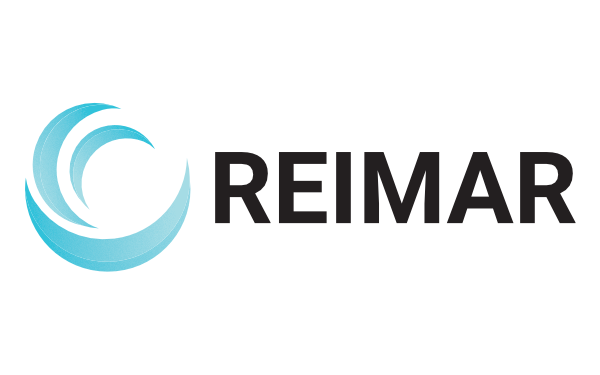When Your Mission Stinks….
Having worked in consulting to both for profit and non-profit organizations over the last decade, one of the time honoured truths that I often see, is that very often, mission statements stink. While this may seem like a harsh statement, consider the weight and importance we place on mission. Your mission, is the driving force behind all you do. It is how you deliver your product or service and particularly, in the non-profit world, it represents your organizational goals, and your purpose of existence.
For young organizations, that are figuring out their way, the mission can and should be flexible. Let’s ponder that for a moment. It is OK if your mission changes? We are told that Missions must drive organizations. The mission must be the focal point that guides you through. Simultaneously, we are told, fail early, fail forward and fail often. At a glance, these statements are in opposition to each other. How, can you have a guiding statement and yet be failing? The easy conclusion to draw, is that after each failure the mission has to be changed. Here’s why.
What a Mission is Supposed to Be….
A mission statement, its very definition, is a statement that communicates, what you do, for whom and how you do it. Sometimes, we add where for clarification. It is from the mission, that we draw HOW we do things, what will make us competitive and our key success factors. Failure, often arises because there is misalignment or misunderstood assumptions between how the different components need to work together.
A simple example is a product that was intended for one purpose, but ended up having another. There are several famous examples. Bubblewrap was intended to be textured wallpaper. Rogaine, the hair replacement solution, originally was designed as a blood pressure medication. In these cases, the need to change the mission is easy to see.
The need to change a mission is harder when you are providing services and/or delivering programs. One example I have seen involved the failure of an organization, originally intended to deliver entrepreneurial services to a very narrow segment of the population. In this case, there simply weren’t enough people to justify a market, and the mission had to be changed to be more inclusive.
Another more common example, are organizations that drift from their mission, as they pursue projects, grants, and other funding. We often talk about mission drift as a way to refocus the organization, but rarely do we discuss the need that if the organization has drifted so much from its core, is there a need to rewrite the mission to focus on the core activities of the organization?
Bottom-Up Mission
Missions, are most powerful when they are created from the bottom-up. However, this is rarely the case. Missions, tend to be created by Boards of Directors, Executives and Consultants. They are crafted for how they sound, market and branding appeal, and less by direct front-line staff, or program development staff who in reality, know far more about the challenges of delivering services and building programs than executives and boards. If they are not included in the Mission development process, then failure and drift are likely to result. Consultant’s don’t generally like bottom-up missions as they represent more work to develop. However, better tools such as 360 degree feedback, stakeholder analysis and customer surveying do change the discourse, but not nearly enough.
Understanding Mission Drift
When mission drift is occurring, we need to question why. Is it to obtain funding for sustainability, or is it because the program has a genuine need that must be filled. In other words, are you writing the grant because your organization needs money, or are you really trying to solve a problem you see in your everyday work. If your answer is the latter, and your front-line people consistently are building services and designing programs that stray from your mission, then my advice is that it may be time for a new mission; one that better reflects the real market need of the individuals you serve. And, the bad news? Your mission may stink. If, that’s the case, change it. Change it fast and change it often, until you can figure out what you should be doing and how. While there are expenses to changing the mission, it can be far more expensive if your mission is just wrong.
How has your mission been used in your organization? Do you find it effective? Drop us a line carmen@reimargroup.com.



